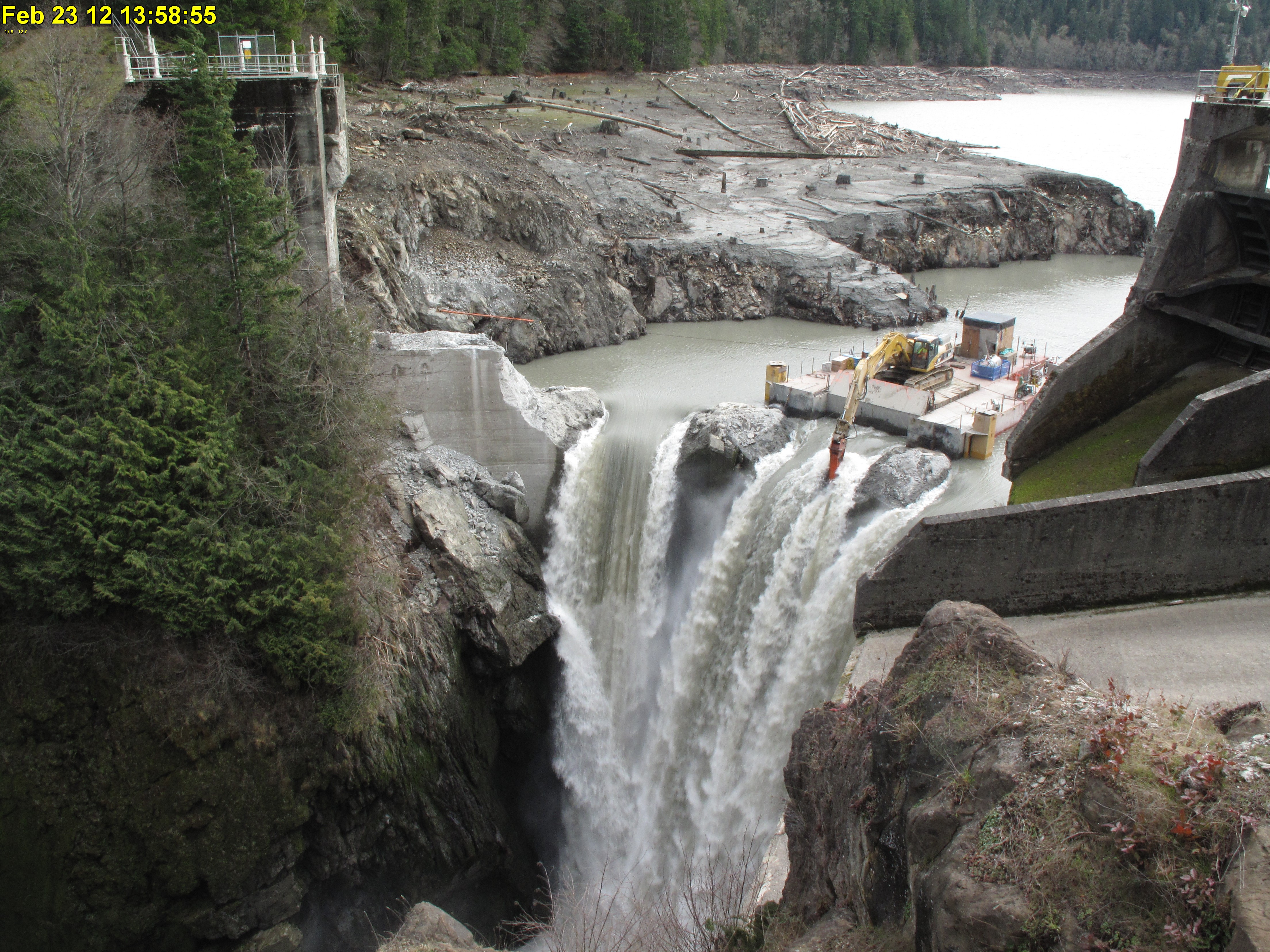Image Source: Google
As we continue to witness the effects of climate change on our environment, it has become increasingly important to take action to protect and preserve our natural resources. Dams, while serving important purposes such as water supply, flood control, and hydropower generation, can have negative impacts on the environment. Dam remediation efforts aim to mitigate these impacts and restore the health of our ecosystems.
The Environmental Impact of Dams
Dams have been instrumental in supporting human activities such as agriculture, urban development, and energy production. However, their construction and operation can have significant environmental consequences:
Disruption of Aquatic Ecosystems
- Dams alter the flow of rivers, which can impact fish migration and breeding patterns.
- Changes in water temperature and oxygen levels can harm aquatic species.
- Sediment buildup behind dams can smother aquatic habitats.
Loss of Biodiversity
- Dams can fragment habitats, isolating populations and reducing genetic diversity.
- Many species of fish, birds, and other wildlife depend on free-flowing rivers for their survival.
- Invasive species may thrive in altered river conditions, further threatening native biodiversity.
The Importance of Dam Remediation
Recognizing the negative impacts of dams on the environment, many organizations and government agencies have initiated dam remediation projects to restore river ecosystems and improve water quality. These efforts are crucial for safeguarding our environment for future generations.
Goals of Dam Remediation
- Restore natural river flows to support aquatic life.
- Reduce sediment buildup and restore habitats for fish and other species.
- Enhance water quality by reducing pollution and improving oxygen levels.
- Promote ecosystem resilience in the face of climate change.
Techniques Used in Dam Remediation
- Removing obsolete dams to allow for natural river processes.
- Installing fish passages and bypass channels to facilitate fish migration.
- Revegetating riverbanks to prevent erosion and restore habitat.
- Implementing water quality improvement measures such as sediment removal and pollutant reduction.
Success Stories in Dam Remediation
Several dam remediation projects have demonstrated the positive impact of restoring rivers and ecosystems. These success stories serve as inspiration for future efforts to protect our environment.
Elwha River Restoration, Washington
- Two dams on the Elwha River were removed, allowing salmon to return to their historic spawning grounds.
- Native plant species have begun to recolonize the area, supporting a diverse range of wildlife.
- Water quality has improved, benefiting both aquatic life and downstream communities.
Matilija Dam Removal, California
- The Matilija Dam was removed to restore natural sediment transport and improve fish passage.
- Steelhead trout and other fish species have returned to the upper reaches of the Ventura River.
- Local communities have seen an increase in recreational opportunities and tourism as a result of the dam removal.
Challenges and Opportunities
While dam remediation projects have shown great promise in restoring river ecosystems, they also face challenges that must be overcome to ensure their success in the long term.
Funding and Resources
- Dam remediation projects require significant financial investment and technical expertise.
- Securing funding from government agencies, private donors, and other sources can be a challenge.
- Collaboration between stakeholders is essential to pool resources and expertise for large-scale projects.
Public Awareness and Support
- Engaging local communities in dam remediation efforts can help build support for these projects.
- Educating the public about the benefits of river restoration and ecosystem health is crucial for garnering public support.
- Encouraging public participation in monitoring and conservation efforts can foster a sense of ownership and stewardship among communities.
Conclusion
Dam remediation efforts play a vital role in safeguarding our environment and restoring the health of our rivers and ecosystems. By addressing the negative impacts of dams and implementing restoration measures, we can protect biodiversity, improve water quality, and promote ecosystem resilience in the face of climate change. Continued support and collaboration are essential to ensuring the success of these important initiatives.
